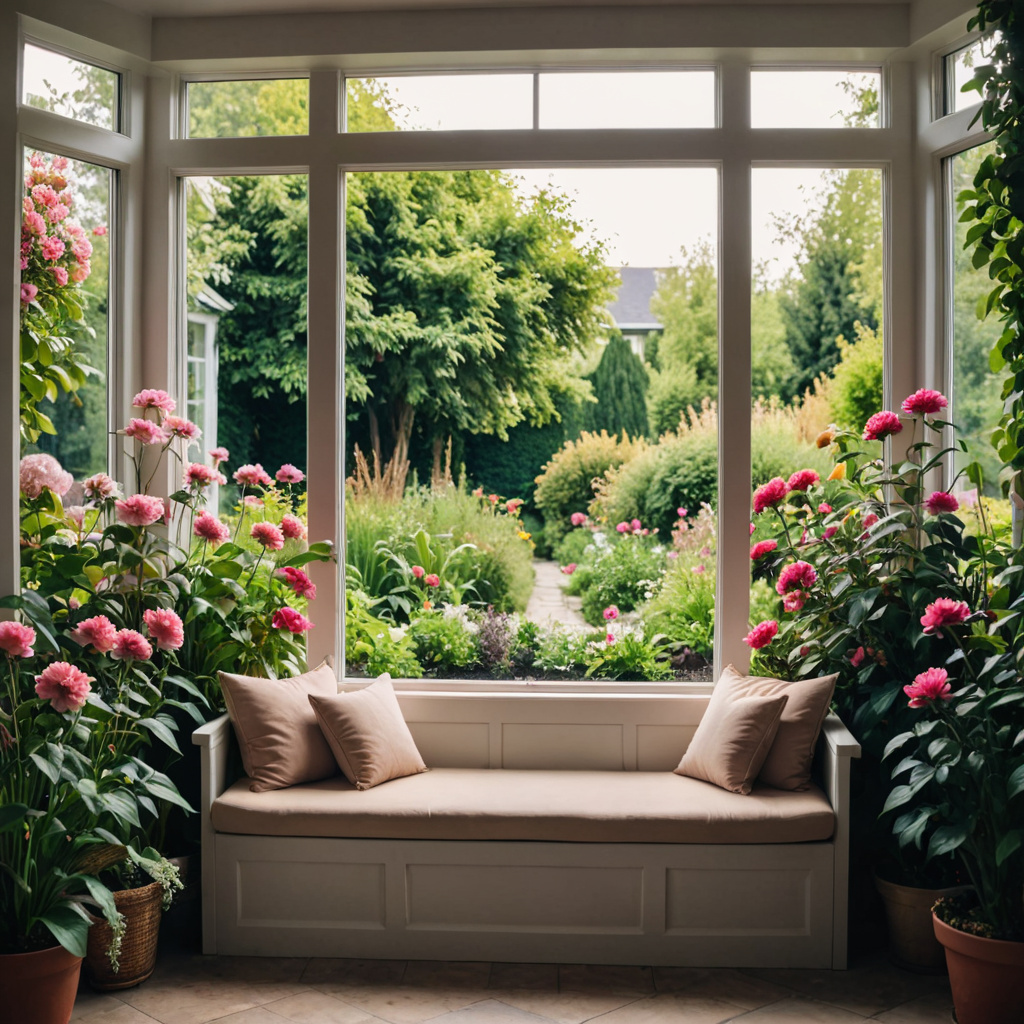
Windows play a crucial role in the aesthetics, functionality, and energy efficiency of a home. With a wide variety of styles, materials, and features available, choosing the right type of residential windows can enhance natural light, ventilation, views, and overall comfort in living spaces. In this article, we will explore the different types of residential windows commonly used in homes, along with their unique characteristics, benefits, and considerations to help homeowners make informed decisions when selecting windows for their properties.
- Single-Hung Windows: – Single-hung windows are a classic and popular window style with a fixed upper sash and a lower sash that moves vertically. They are easy to operate, cost-effective, and suitable for traditional and contemporary home designs. Single-hung windows provide ventilation, natural light, and energy efficiency, making them a versatile option for various rooms in a home.
- Double-Hung Windows: – Double-hung windows feature two sashes that slide vertically for increased ventilation and flexibility in controlling airflow. They are easy to clean, offer enhanced energy efficiency with a tighter seal, and provide a timeless look that complements both modern and historic homes. Double-hung windows are ideal for bedrooms, living rooms, and kitchens where ventilation and natural light are desired.
- Casement Windows: – Casement windows are hinged on one side and open outward with a crank handle, allowing for maximum ventilation and unobstructed views. They provide excellent air circulation, energy efficiency, and security with multiple locking points. Casement windows are suitable for contemporary and traditional homes, especially in areas where cross-ventilation is essential.
- Awning Windows: – Awning windows are hinged at the top and open outward from the bottom, creating a canopy effect that allows ventilation even during light rain. They are ideal for bathrooms, kitchens, and basements where privacy, airflow, and natural light are priorities. Awning windows offer energy efficiency, weather resistance, and a modern aesthetic.
- Sliding Windows: – Sliding windows have sashes that glide horizontally along tracks for easy operation and space-saving benefits. They provide unobstructed views, natural light, and ventilation, making them suitable for contemporary homes with modern design preferences. Sliding windows are low-maintenance, energy-efficient, and ideal for rooms with limited space for swinging windows.
- Bay Windows: – Bay windows protrude outward from the exterior wall of a home, creating a cozy alcove or seating area inside. They consist of a central fixed window flanked by two operable windows on the sides, allowing for panoramic views, natural light, and architectural interest. Bay windows add charm, character, and visual appeal to living rooms, dining areas, and bedrooms.
- Picture Windows: – Picture windows are large, fixed windows that frame expansive views and allow abundant natural light into a room. They are ideal for showcasing outdoor scenery, architectural features, and creating a focal point in a home. Picture windows are energy-efficient, low-maintenance, and versatile for various architectural styles and room configurations.
- Skylights: – Skylights are windows installed in the roof of a home to bring natural light into interior spaces such as attics, stairwells, and bathrooms. They enhance daylighting, ventilation, and aesthetics while adding a sense of openness and connection to the outdoors. Skylights come in various shapes, sizes, and designs to suit different roof types and room layouts.
When selecting residential windows for your home, consider factors such as style, material, energy efficiency, ventilation, maintenance, and budget. By understanding the different types of windows available and their features, homeowners can enhance the beauty, functionality, and comfort of their living spaces while maximizing natural light, views, and energy savings. Work with a reputable window manufacturer, contractor, or designer to explore options, customize window configurations, and ensure professional installation for optimal performance and long-term satisfaction. Remember that windows are not just openings in walls; they are essential elements that frame your view of the world, invite natural light into your home, and contribute to the overall ambiance and livability of your living environment.
Cedar Hill St. Louis Jefferson County Olivette Kirkwood Ballwin Arnold Franklin County St Charles County Fenton High Ridge Dittmer Creve Coeur
